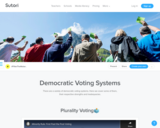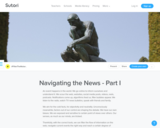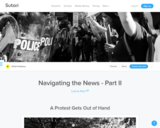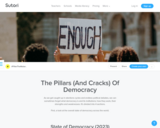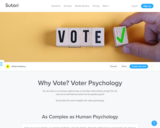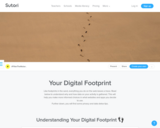
What is fake news? Why does it matter? How do we challenge it?
This resource is as much about learning about fake news as it is about taking a step back to pause and reflect.
After a warm up "Real or fake" test to engage students in the topic, we get into the crux of the matter, looking at where fake news comes from, it's often political nature and financial incentive, and who is targeted by it.
If fake news is nothing new in human history, recent inventions have massively increased the range and speed at which information spreads. Smartphones and social media means we have never, potentially, been more exposed to fake news and this has negative consequences, including stigmatization of people, reinforcement of stereotypes, the closing rather than opening of discussion and debate. It can even lead to violence.
Thankfully, we can challenge fake news thanks to our critical thinking. An extensive range of tips and steps we can take are taken from the Navigating the News (Part II) resource and linked in the resource before it finishes off with a "fake news" game into order to practice and stimulate thinking more.
--
This resource is part of the information science collection.
- Subject:
- Applied Science
- Information Science
- Social Science
- Material Type:
- Lesson
- Author:
- Jonathan Ketchell
- Date Added:
- 07/07/2023
